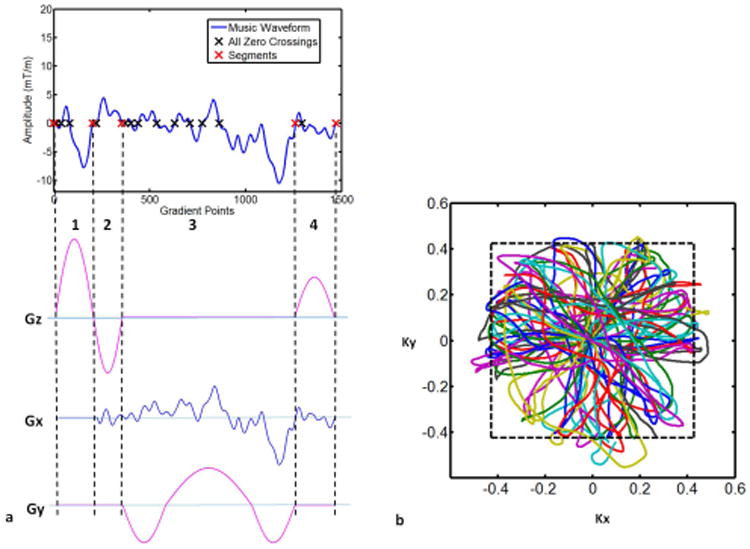Figure 1. Diagram of the music conversion for a 2D MRF-Music sequence.

The music waveform was first preprocessed. (a) zero crossings of the preprocessed waveform were located (black crossings). Depending on the requirement of the minimum RF duration and acquisition time, the zero crossings were grouped such that each TR had four music segments (red crossings). The first segment (1) was used to design slice selection gradient. The second segment (2) was used to design slice selection dephasing gradient. The third segment (3) was used to design readout gradient, and the fourth segment (4) was used to design spoiling gradient. Music segments with total areas of zero were played in Gx in segment (2) and (4). (b) k-space trajectories derived from the 2D gradients from (a). Kx (1/milliseconds), Ky (1/milliseconds)
